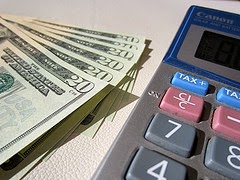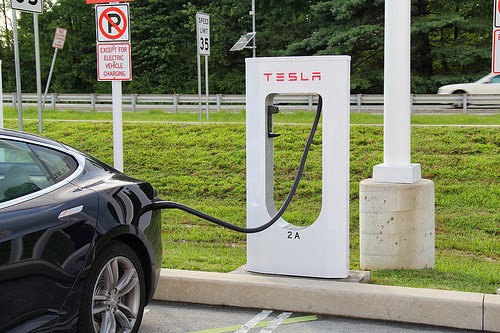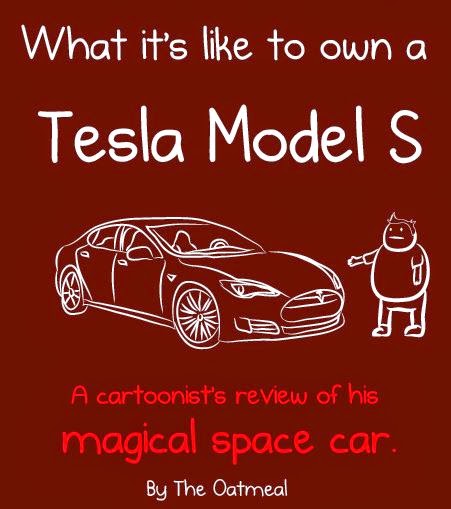 By the end of the summer, I should have reached all the short term budget goals I've been working on for the past several months. The question then becomes what are my new goals? If it were up to me, getting a Tesla would be the main goal, but I think I'd have a hard time getting my wife to agree to that. Instead, I have come up with the list of goals below. I have not yet allocated specific amounts to them yet, because I won't have any exact figures to work with until my house has been refinanced and all the dust settles from all the other financial transactions that have been going on this month and last.
By the end of the summer, I should have reached all the short term budget goals I've been working on for the past several months. The question then becomes what are my new goals? If it were up to me, getting a Tesla would be the main goal, but I think I'd have a hard time getting my wife to agree to that. Instead, I have come up with the list of goals below. I have not yet allocated specific amounts to them yet, because I won't have any exact figures to work with until my house has been refinanced and all the dust settles from all the other financial transactions that have been going on this month and last.Master Bathroom Remodel - We remodeled part of our house two years ago and the next area we want to remodel is our master bathroom. Hopefully, the profits from my apartment investment will provide enough funds to pay for this.
Regular Savings - I need to get back to putting 15% of our income into a savings account for emergencies. We have to have some funds available for unexpected expenses or even impulse purchases. This is non-negotiable.
Appliance Replacement Fund - The death of our refrigerator last December really threw our finances into chaos. An unexpected $3,100 expense right at the holidays was not a pleasant surprise and I'd like to avoid that happening again. I plan to accumulate $3,000 in an emergency fund to be used when other appliances die. Our house is 10 years old and some of the appliances are starting to show their age. The next one to fail I think will be our washing machine. Even if it doesn't fail, I'm thinking I might start replacing appliances anyway. Ten years is a long time and I'm sure all sorts of improvements in both performance and efficiencies have been made since I last bought the appliances so a 10 year replacement cycle might be prudent. We replaced our dishwasher 1 or 2 years ago and, of course, we just replaced our refrigerator. I think our ovens probably won't need replacing, so that leaves our washer and dryer and our second refrigerator as the remaining big ticket appliances. There is no rush to save this money and I plan to build up this fund over several months to a year.
Tesla - Last on the list, but first in my heart. As my spreadsheet shows, I should be saving at least $134 a week towards this and that's just to save the down payment in three years. It's not even taking into account saving the rest of the money I'll need to invest to cover the auto loan. Clearly, I have a long way to go and as the lowest priority goal, this one frequently gets put off when other needs arise. This is one reason why I have been particularly vigilant about funneling all "non-regular" income, such as bonuses, gifts, or online income towards this goal.
So by the end of the summer, I hope to have a budget in place for all these things. It might be a month late, because I do foresee some additional expenses looming. For example, although our cruise is paid for and it is "all-inclusive", anyone who has ever been on a cruise knows you always get a bill at the end for a bunch of stuff that wasn't included. This is usually a couple hundred dollars. We also have a trip to Las Vegas. While we usually win... Sorry... My wife usually wins. I usually lose.. Anyway, while we usually return with most or all of the money we go with, we will still need to pay for meals during the trip and possibly the room, depending on how we get comped. Plus gas for the drive out there.
 |
| If I had a Tesla, I wouldn't need to pay for gas! |


















